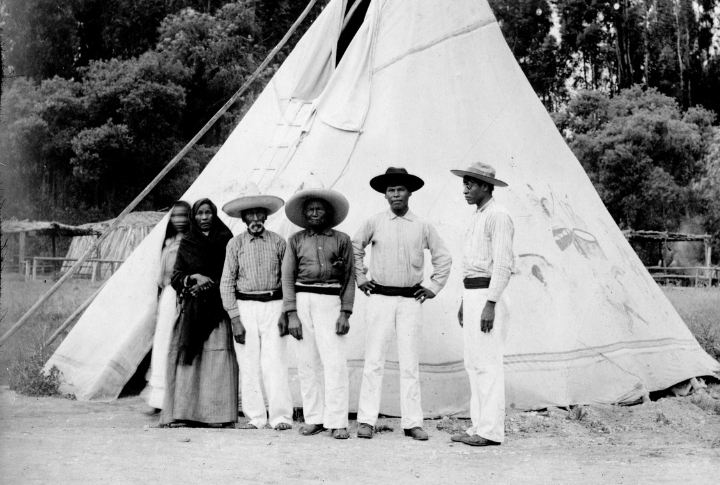
Throughout history, many Native American tribes faced overwhelming pressure to assimilate or submit, but one remained steadfast. Their resilience and determination became legendary. This is the story of the tribe that refused to yield and preserved its way of life against all odds.
The Yaqui Homeland And Identity
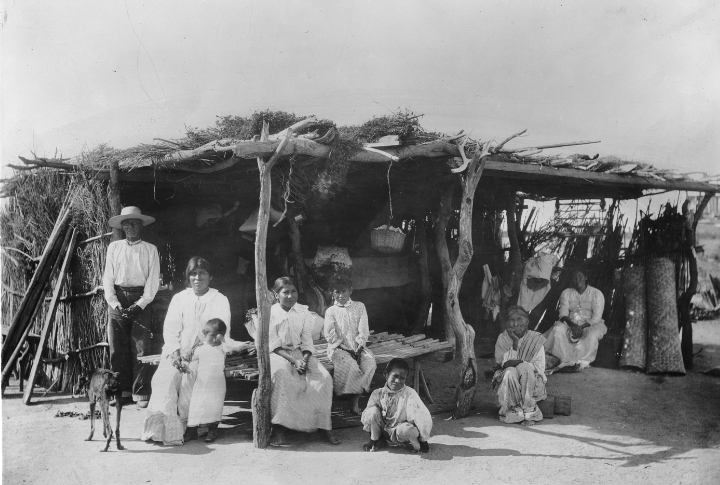
Sun-scorched deserts and fertile river valleys shaped the Yaqui way of life. They mastered agriculture, growing maize and squash while fishing the Rio Yaqui’s waters. Their spiritual beliefs, deeply tied to nature, strengthened their cultural resilience long before outside forces attempted to uproot them.
A Standoff With Spanish Conquistadors

When Spanish explorers arrived in the early 1600s, they expected surrender. Instead, they encountered skilled defenders who knew every crevice of their land. The Yaqui stood firm but also negotiated strategically. Rather than being overrun, they secured peace under conditions that preserved their independence—a rare victory at the time.
Cajeme’s Defiance Against The Mexican Government
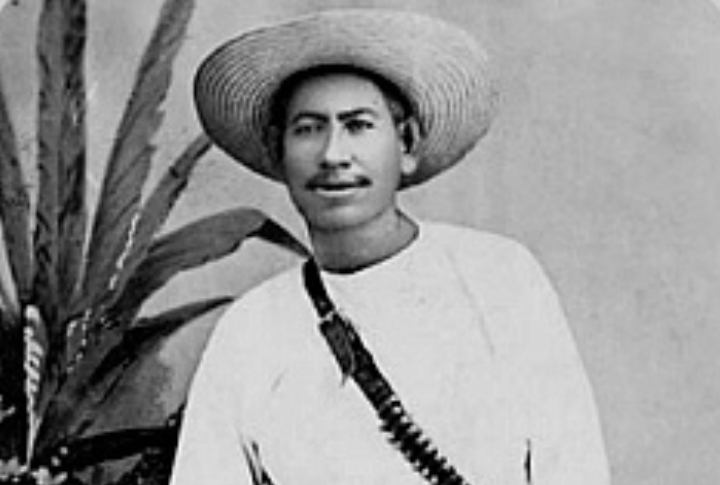
A leader, a strategist, and a symbol of resistance—Cajeme guided the Yaqui through one of their most challenging eras in the 19th century. He planned defenses and orchestrated ambushes. In addition, he built strongholds and refused to bow to external rule. Even after his capture, his name fueled further defiance.
The Bacum Massacre’s Haunting Legacy
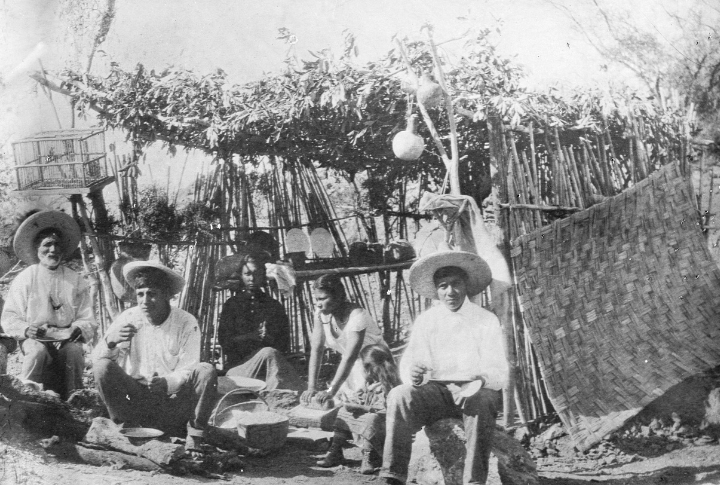
A church should have been a place of safety, but in 1868, it became a site of devastation. Mexican forces stormed a Yaqui village, taking the lives of over 120 people inside a place of worship. This brutal act only strengthened the tribe’s determination, ensuring their struggle for survival continued.
Forced Labor And The Long March South
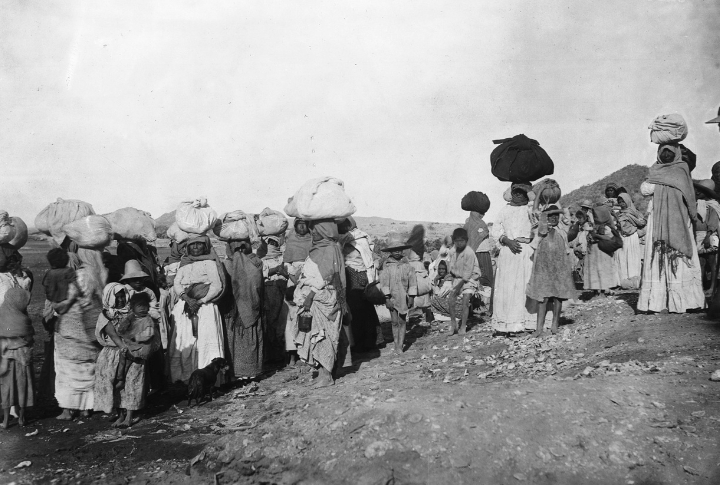
Not all conflicts were fought on the battlefield. Thousands of Yaqui families were forced onto trains and sent to distant plantations, where they endured relentless labor under harsh conditions. Many never returned, but those who escaped carried their stories home, igniting new waves of resistance against displacement.
Seeking Refuge In The United States
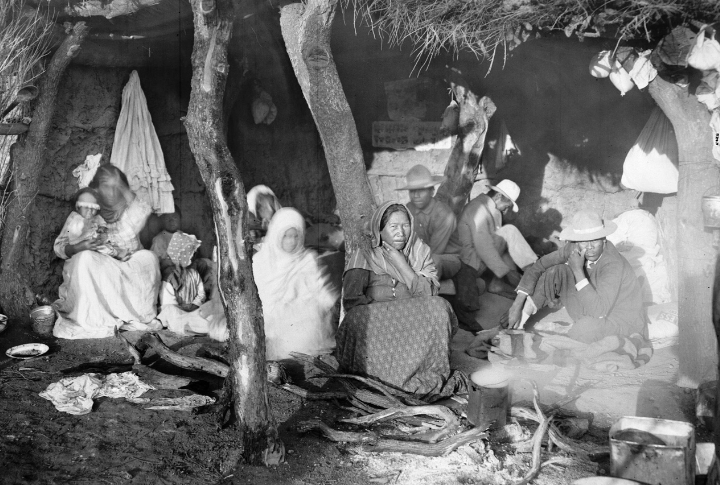
Exile was not surrender—it was survival. Crossing into Arizona, many Yaqui found safety but faced new struggles. They built communities in Tucson and Phoenix, determined to preserve their traditions while adapting to an unfamiliar world. Against all odds, they proved that identity can endure across borders.
Unbreakable Rituals And The Power Of The Deer Dance
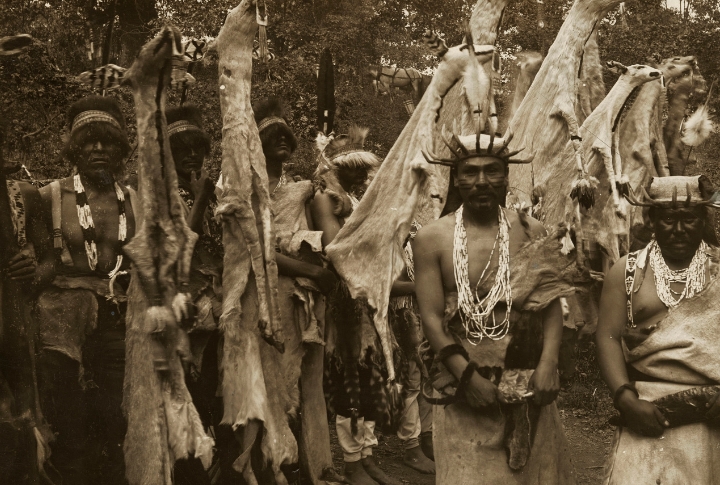
Ceremonies became acts of defiance. The Deer Dance, a mesmerizing blend of movement and music, honored their connection to nature and reinforced unity. Spanish priests once tried to silence it. Today, it remains a powerful symbol of endurance, performed by Yaqui dancers across generations.
Strategic Adaptation During The Mexican Revolution
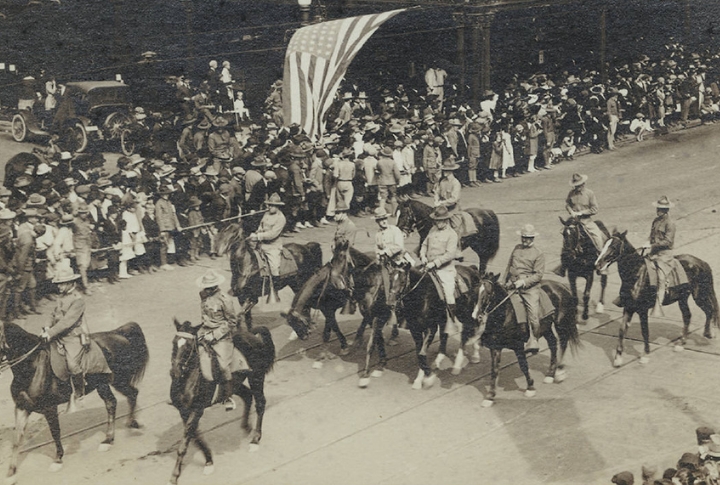
In turbulent times, the Yaqui adjusted. Their fighters mastered quick, unpredictable strikes, using their deep knowledge of the terrain to outmaneuver much larger forces. Aligning with different revolutionary groups when necessary, they turned shifting alliances into opportunities for survival and influence.
Land Promises And Ongoing Struggles In The 20th Century
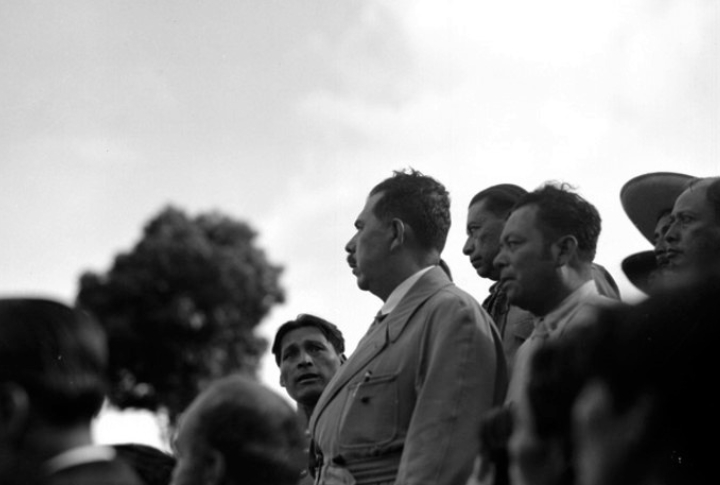
Hope emerged in 1937 when President Lazaro Cardenas recognized Yaqui’s land rights. But official agreements didn’t stop encroachment. Water projects diverted their river, and industrial expansion threatened sacred lands. In addition, policies continued to undermine their sovereignty.
The Fight To Save The Rio Yaqui
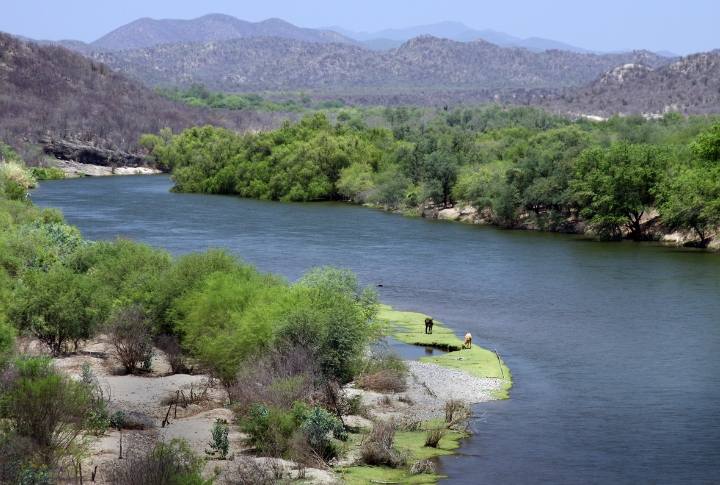
The Rio Yaqui, a lifeline for generations, faces new threats. Government-backed projects have diverted its flow, endangering the Yaqui’s ability to sustain their communities. Protests, law battles, and organized movements have become their tools of resistance.
